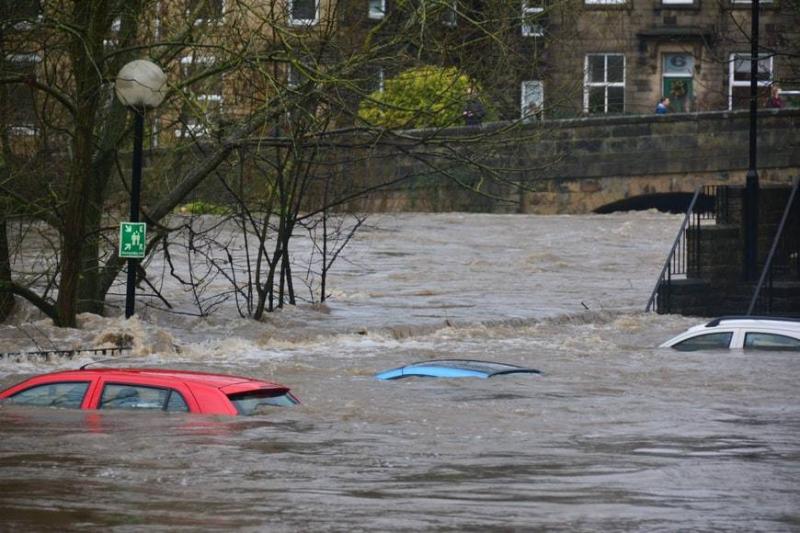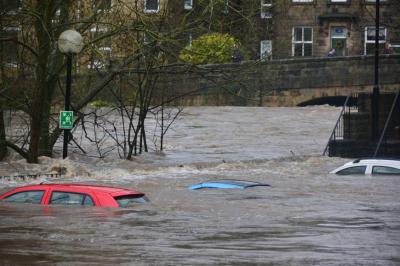Under the title "Among them, the Middle East.. Climate Threats to New Areas by 2030," Sky News reported that as the climate crisis worsens, floods have become one of humanity's greatest threats, disrupting sustainable development efforts and affecting large populations more than any other environmental risk. Recently, researchers from American universities analyzed daily satellite images to track flooding from 2000 to 2018, documenting their findings in a study published in the prestigious journal "Nature" last August.
**Two Decades of Flooding**
In a conversation with Sky News Arabia, Beth Tellman, a human and environmental geography researcher at the University of Arizona and the lead researcher of the study, revealed the risks of flooding to humans, its increasing rate, and the most threatened geographical areas, as well as suggestions for adapting to floods based on the study's findings. Tellman noted that the study used satellite images with a resolution of 250 meters to map 913 major floods around the world from 2000 to 2018.
She added that findings indicated a high population density in areas affected by floods compared to the population in other regions of the same country, signaling a trend toward development in flood-prone areas. The figures revealed that approximately 86 million people have moved toward flood-prone areas in the past two decades, with about 90 percent of flood incidents occurring in South and Southeast Asia.
**Shocking Results**
Tellman and her colleagues reached shocking conclusions after analyzing the satellite images, revealing that between 58 million and 86 million people relocated to observed flood areas between 2000 and 2015, representing a 20 to 24 percent increase in the proportion of the population exposed to flooding. The total area flooded during the study period amounted to 2.23 million square kilometers, impacting between 255 and 290 million individuals directly.
By 2030, climate and demographic changes will add 25 new countries to the 32 already suffering from increasing floods, with approximately 179 million additional people expected to face flooding, according to researchers' estimates. The study also noted significant increases in flood exposure in the Middle East, South Asia, and South America that had not been previously recorded.
**Proposed Solutions**
Beth Tellman suggested that this study can help prioritize efforts, as there is a need for investment in flood adaptation and reducing populations' exposure to risks. In this regard, the American researcher proposed five solutions to address flooding:
1. **Better Zoning Laws:** Develop improved geographical zoning laws to prevent development in floodplains and protect people and infrastructure.
2. **Financial Support Investments:** Invest in financial support, especially through public housing programs, to help populations relocate away from floodplains. "In some cases, resource-limited governments will need financial support from climate adaptation assistance programs," she stated.
3. **Early Warning Systems:** Ensure the presence of early warning systems, evacuation protocols, or flood insurance to protect populations and provide real-time monitoring technology through satellites.
4. **Repair Flood Defenses:** Repair levees and flood defenses to prevent failures that could put millions at risk, as well-functioning levees can protect millions of people.
5. **Natural Land Acquisition:** Acquire and preserve natural lands in floodplains, known as floodplain conservation, to reduce future flood damage.
It is worth noting that Tellman's team included researchers from "Cloud to Street," NASA, the University of Colorado, the University of Arizona, Columbia University, the University of Washington, the University of Texas, and the University of Michigan.




